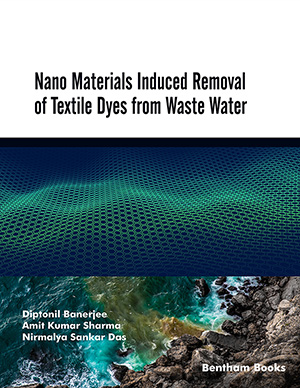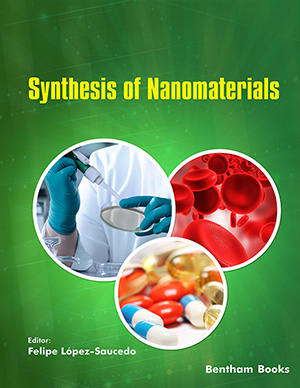Abstract
The most important characteristic of a scaffold used in tissue engineering is
the possession of appropriate physical and mechanical properties to support or restore
the biological function of damaged or degenerated tissue. Pore size, porosity, pore
interconnectivity, and mechanical strength are all physical and mechanical properties
that must be considered. Various fabrication techniques have been investigated to
create a scaffold suitable for tissue engineering. One example is the particulate leaching
(salt leaching) technique. The type of polymers and salts used, the particle size of the
salt, and the fabrication technique all affect the desired physical and mechanical
properties of salt leaching scaffolds. Over the past decade, there have been numerous
studies on the fabrication of scaffolds for tissue engineering. This chapter reviews the
different types of materials used, the basic salt leaching process, and its new
modifications. It also discusses the advantages and disadvantages of the salt leaching
technique and its future prospects.
Keywords: Interconnectivity, Mechanical strength, Polymers, Porosity, Salt leaching, Scaffold, Tissue engineering.




















